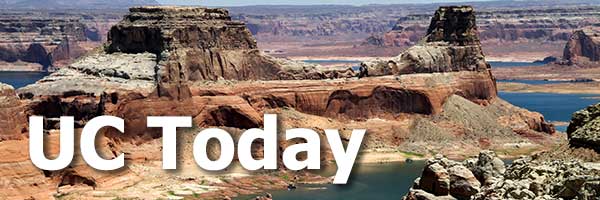Western Colorado Area Office roundup
By Justyn Liff, Western Colorado Area Public Affairs
Scouts Help at Grand Junction Wildlife Area

Boy Scout Rueben Galven demonstrating tree caging. Reclamation photo by Cory Lindberg
In June, Rueben Galvan of Boy Scout Troop 353 in Grand Junction, Colorado completed his Eagle Project at Grand Junction Wildlife Area, planting 100 trees and shrubs and building cages around them. A week later, Cub Scout Pack 353 caged cottonwood trees at the wildlife area. Reclamation prepared the field for planting, provided materials and tools for the Scouts and other volunteers to use to plant the trees, then the trees were caged by Reclamation and Scouting volunteers to protect them from wildlife while they are small. Once the planted trees and shrubs grow and mature, the cages will be removed. The Western Colorado Area Office is thankful for the help at the wildlife area from the local boy scouts.
Durango Pumping Plant Construction
Modifications began in January on the intake structure at the Durango Pumping Plant; the feature used to pump water from the Animas River to Lake Nighthorse, part of the Animas-La Plata Project located in Durango, Colorado. The modifications to the overflow crest gates, trashracks, and bulkheads will improve the operational capability of the intake structure. For the next few months concrete work will continue and then the gate installation can begin. Electrical work will begin, and grating, platform and other metal work will start. During the COVID-19 health crisis, crews are continuing to work and are taking precautions per local health department guidelines. Construction is scheduled to be completed in February 2021.
Taylor Park Lease of Power Privilege
The WCAO is preparing a Federal Register Notice to seek proposals to lease the right to develop hydroelectric power at Taylor Park Dam, part of the Uncompahgre Project, located near Gunnison, Colorado, under a Lease of Power Privilege. An LOPP is a contractual right given to a non-federal entity to use a Reclamation facility for electric power generation consistent with Reclamation project purposes.
"Hydropower is a renewable and reliable resource providing clean energy to the western United States" said Ed Warner, Western Colorado Area Office Manager. "Reclamation's LOPP program facilitates the development of untapped hydropower potential on federal water resource projects and allows non-Federal entities to take advantage of existing infrastructure where there is potential to generate clean, renewable energy."
Bonham Field Office
The Bonham Field Office is located on the Grand Mesa in west-central Colorado near the town of Collbran. The Bonham Crew is responsible for operating and maintaining 15 dams, all of which are privately owned but operated and maintained by the Bureau of Reclamation under contracts with 5 separate owners. These dams are not included on the Bureau of Reclamation's dam safety program because they are privately owned. Instead they fall under the jurisdiction of the State of Colorado. The Bonham crew is also responsible for over 10 miles of pipeline and numerous associated facilities and structures associated with the Bonham - Cottonwood Collection System, part of the Collbran Project.

Bonham Field Office in the winter on the Grand Mesa. Reclamation photo by Phil Ipson
During irrigation season, inflows and reservoir elevations are monitored twice a week to determine exchange flows to be released from Vega Reservoir and water availability for power generation at the Upper and Lower Molina power plants. In the off season, the crew continues periodic maintenance of the project as weather permits.
During the winter, the reservoirs are still monitored as the Molina power plants usually generate power year-round. The project is then accessed by snowmobile and/or snowcat. During the winter, the crew starts at a building around 8,000 feet elevation where the snowmobiles and snow cat are stored. Then they ride four miles to the office located around 10,000 feet elevation and often must shovel out a few feet of snow to just get in the door. Temperatures are often well below 0 degrees Fahrenheit, which, combined with the snow depth, makes each day an adventure. We have cold weather operating criteria set up to help mitigate hazards. The crew has helped on several construction projects during the off season for other projects. These include: building ponds, wildlife pond outlet pipe replacement, intake structure bulkhead removal, fish passage gate installation, riverbank restoration, toe drain installation, other dam maintenance, etc.
|











